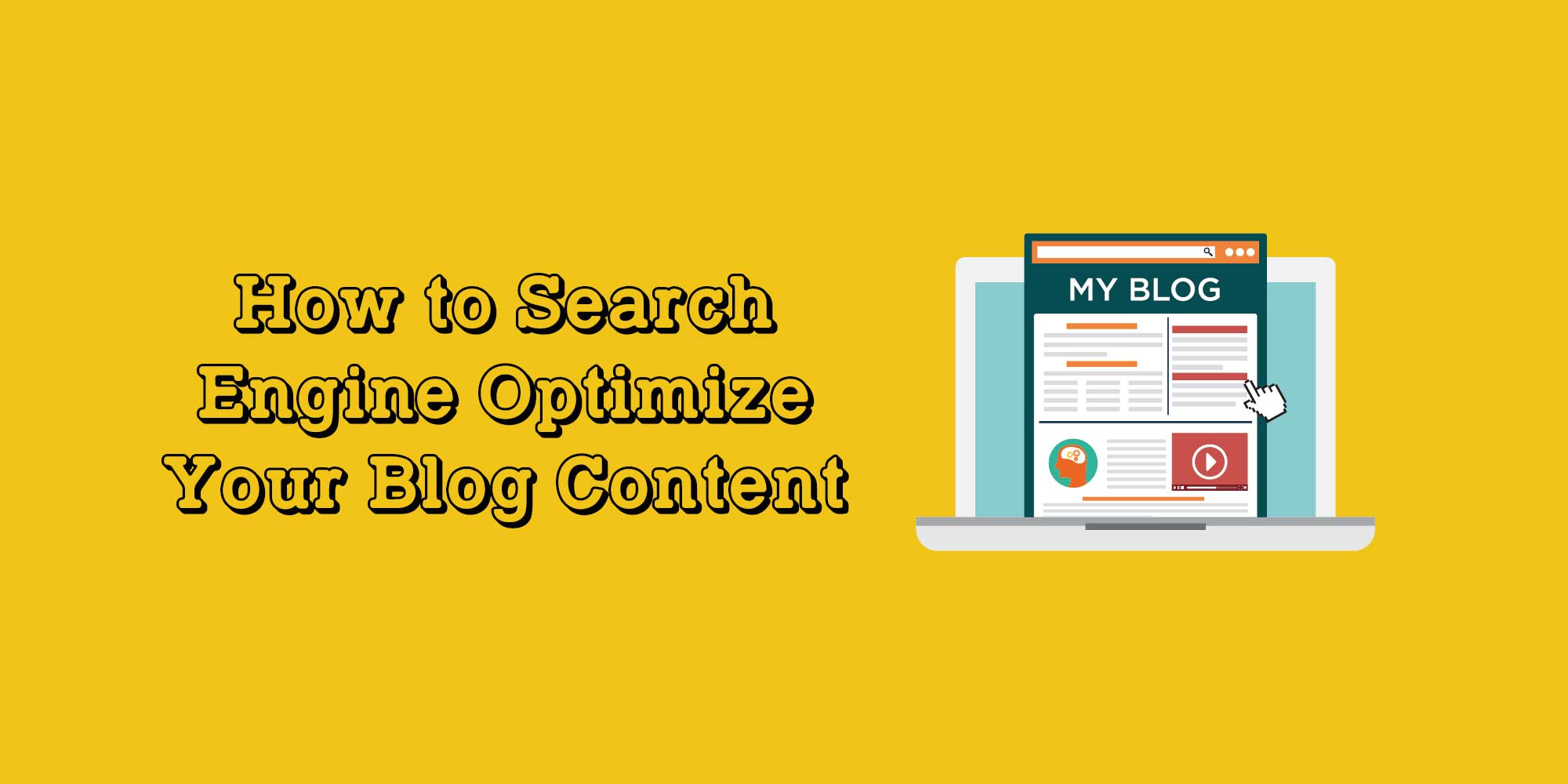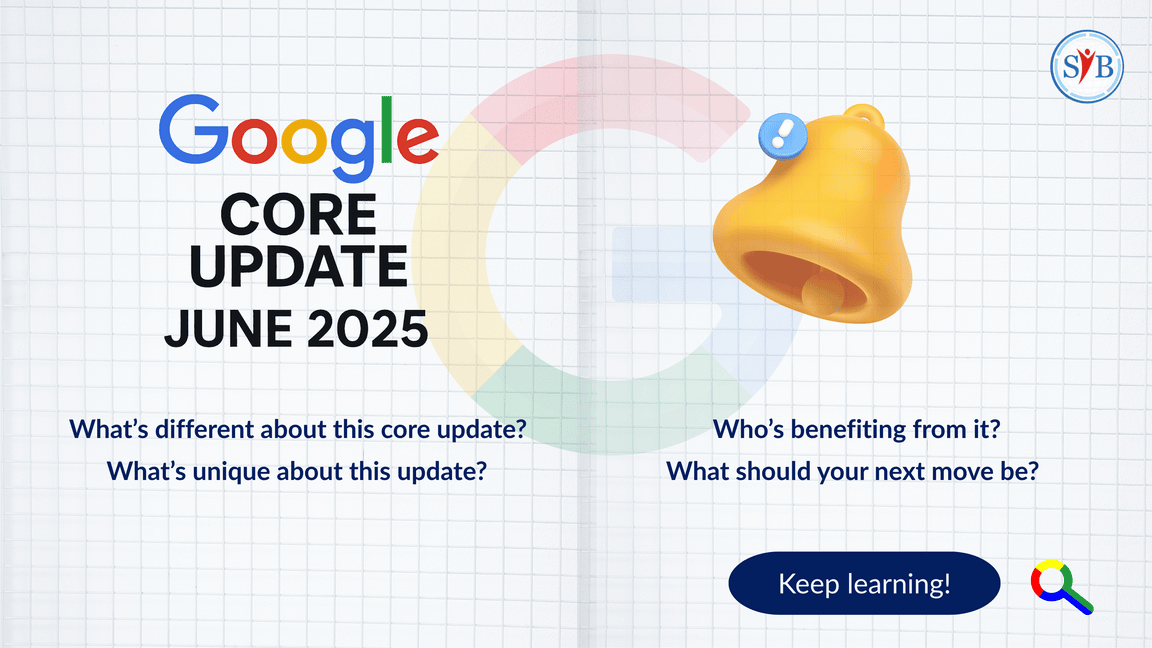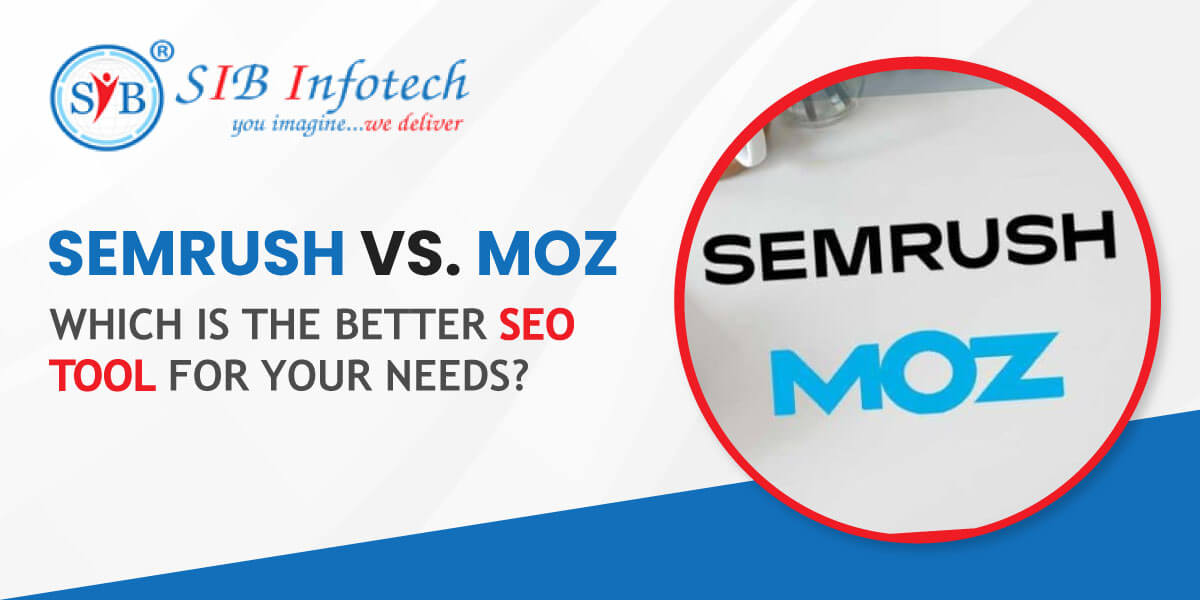LLMs.txt for AI SEO: Game-Changer or Empty Buzzword?
- Sep 30, 2019
How to Search Engine Optimize Your Blog Content

About The Author
SEO is an essential feature for increasing the quality and quantity of website traffic. Blogging helps to boost SEO by providing relevant answers to the customers and helps in the development of websites ranking among search engines including Google.
Search engine optimization helps to increase your blog's searchability. However, SEO and blogging are correlated.
Here are some of the tips you can use to search engines optimize your blog content and perform better blogging
- Add keywords keeping your target readers in mind
Keyword optimization is a very easy yet confusing task for most of the blogs. It does not mean adding keywords all over your content but using the appropriate amount of keyword that matches your reader’s interest. Over-adding keywords may backfire because search engines do not accept keyword stuffing.
The best way is to use some long-tailed keywords. Long-tailed keywords read all the content and then deliver most of the information, moreover, they drive the right traffic to your website. You can use long-tailed keywords that are question-based, they provide exact answers to what the viewers look for. For eg- You can use ‘how to generate web traffic’ this will help users reach specifically your site when they look for the question.
Adding long-tailed keywords provides a better user experience that also helps in increasing the search engine ranking of your website and generates more leads that later convert into potential audiences.
- Make your blog responsive
Having a responsive blog automatically increases its search engine optimization. A blog that’s mobile-friendly always results first in all search engines including Google. Google always favours mobile-friendly websites. Mobile responsive websites allow blog pages to just have one URL instead of separate mobile and desktop URLs which helps the website’s SEO. This way Google easily recognizes the blog posts and ranks your website at the top positions.
- Add image alt text
The most important thing to be considered while writing a blog is to add images. Images enhance the visualization of your blogs and make them more attractive. Blog posts should always contain images that act as a support system for the texts.
Search engines accept images with image alt text. Image alt text is an attribute added to an image tag in HTML which helps the search engines to understand what an image is about. The text appears inside the image container when the image cannot be displayed.
Image alt text also provides a better User experience that helps in increasing the blog’s search engine ranking. While using image alt text you must focus on adding appropriate keywords with descriptive information about the image. Using image alt text improves accessibility for people with poor vision who are using screen readers.
- Optimizing meta description
A meta description is an element in the HTML code of a web page that provides a brief description of the content of the web page. Meta description helps the viewers to find the content they are looking for and also helps them decide whether to choose you or not.
Search engines show the meta description in search results mostly when the searched-for phase is within the description, therefore optimizing the meta description is important.
While constructing the meta description make sure you have added the long-tailed keywords that help the users to find the exact relevant answers. You can easily increase the SERP of posts by ensuring reader-friendly content with relevant keyword inclusion.
- Using internal linking
Internal linking acts as a path for getting more information on a website. Internal linking is the process where links go from one page on a domain to another page on the same domain. If you have written about a topic on one of your pages and mentioned the topic on one of your blogs, articles or e-books you must interlink, this helps the users to easily navigate your site and search for results faster.
- Publish evergreen content
While writing and publishing your blog content make sure it is evergreen that means you are writing in a way that your content is meaningful even after a long time and is beneficial for the users. You must write on topics that do not fade with time and are relevant, valuable and long-lasting. Evergreen topics will always be beneficial as they help to get more ranking over time. It will bring a sufficient amount of traffic to your blog posts even after long days of publication, they will help to bring leads over time.
You should care for the images as well, try to add images that are original and are not a part of stock images. Whether it is an article, CTA or FAQ they all should be written keeping in mind the long-lasting concept.
- Keep updating your content
Writing content for your blog posts is not enough, you need to regularly update your content to gain more traffic and search engines optimize your blog. To improve SEO you think you need to create content every day, but that is not true. It is easy to update your content rather than creating new content daily.
An updated content not only takes less time to settle for SERP, but it takes less effort and also increases the number of leads or visitors for your blog and provides you with the best results.
Updating content doesn’t mean only improving the previous ones it also means discarding the unimportant or useless part of your content. You can check your blog post, analyze and remove the unessential parts that may not go with the trend or seem less important, no need to exaggerate anything, keep your blog precise and unique.
- Avoid similar topic tags
A blog is written to attract the viewers and to make them feel alike. It offers many solutions like informing exactly about what you need to know. Topic tags help you organize your blog content but overusing them or reusing them serves no purpose. If you use too many topic tags in your content, search engines can claim you for duplicate content.
.webp&w=3840&q=100)










